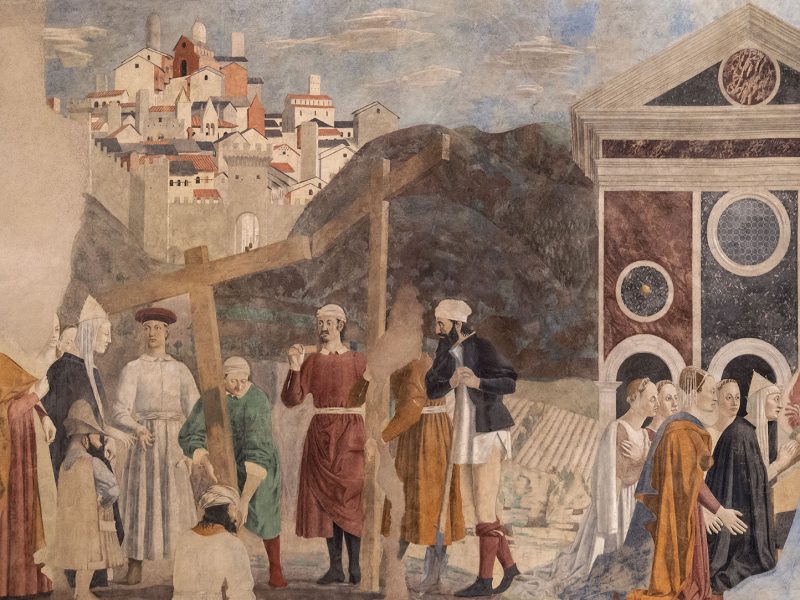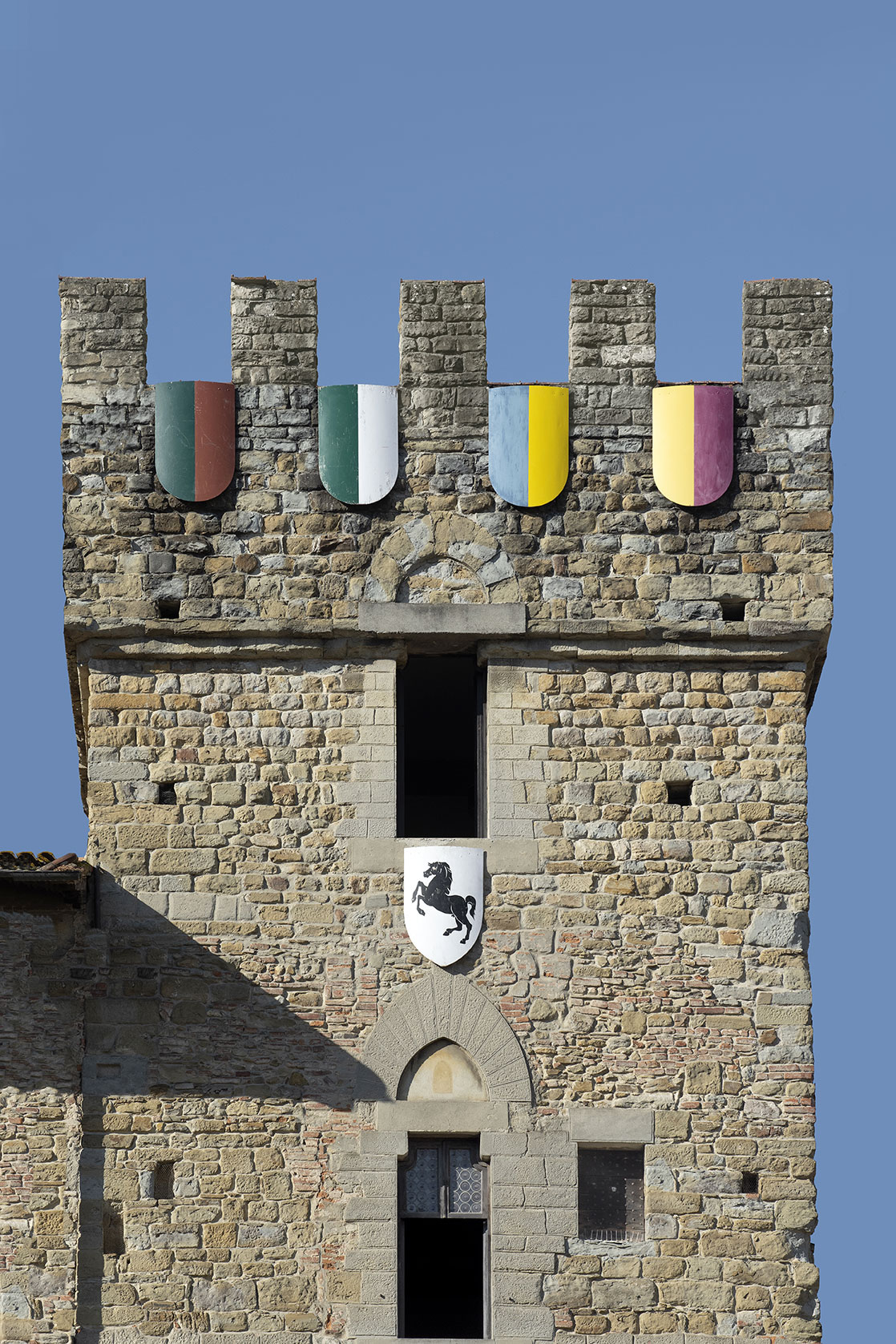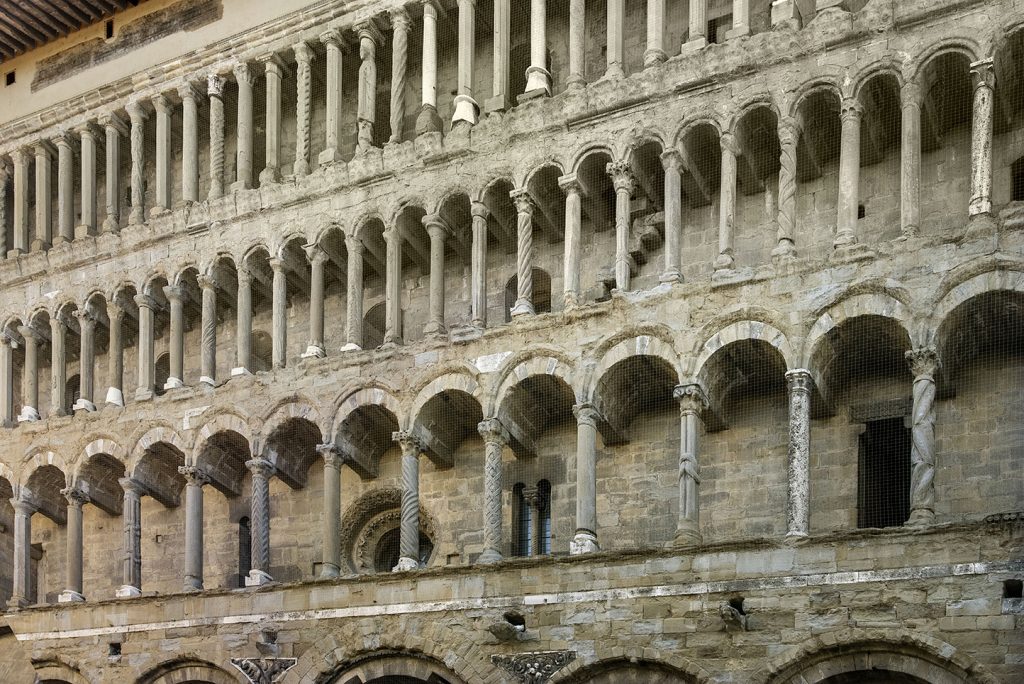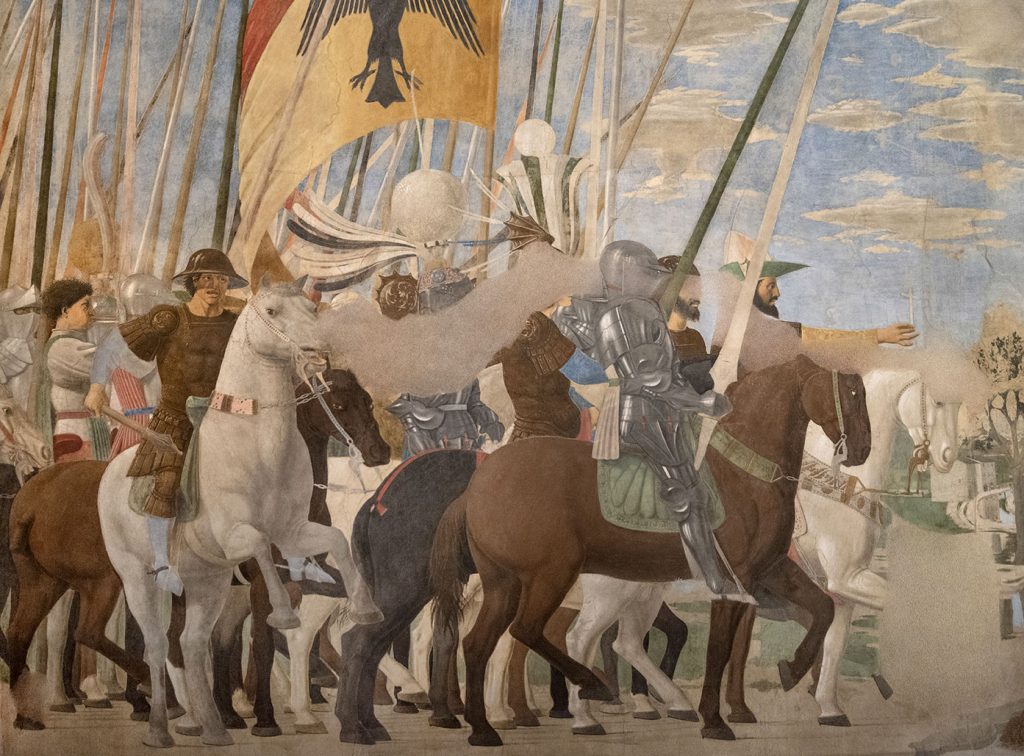
Arezzo’s rich and troubled history stretches for thousands of years, past innumerable political and cultural upheavals and wars that changed Arezzo’s features, but never its spirit.
Many different people and cultures followed one another at the helm of the city. Still today, the traces left behind by their passage are an integral part of Arezzo’s urban fabric.

The beginnings of the Arezzo city
The history of Arezzo began, officially, with Etruscans. They played such an essential role in shaping Tuscany’s culture that the Romans would later name the whole region after them: the word ‘Toscana’ comes from ‘Etrusci’ or ‘Tusci’, the Latin name for Etruscans. Their culture has sadly been left unexplored and ignored for centuries, but we now know that they had a unique language, an incredible artistic talent – especially in the manufacturing of bronze, of iron and of ceramic – an innovative architecture and a complex political-economical structure.
Romans period
When the Romans conquered Arezzo and integrated the Etruscan population, they built their city on top of the existing one, as they were wont to do.
Luckily, a few vestiges of Etruscan life survived the passage of time and became part of the history of Arezzo.
One example is the mosaic on the floor of the palace that now houses the famous Sugar Boutique; another is the Archaeological museum, a breach in time to the Etruscan period and a path through the history of Arezzo.
The amphitheatre by the museum is of Roman-make.

The Romans created many new infrastructures, but their most important work of urban enhancement was, without a doubt, connecting Arezzo (and Tuscany in general) to Rome through Via Cassia, which ran all the way from the capital to the north of Italy.
They fixed and paved some of the pre-existing Etruscan trails, to which they added new sections of road, as well as their iconic arched bridges and ground-breaking hydraulic infrastructures, such as the still existing Roman aqueduct.
Via Cassia was a turning point for Arezzo. The city became a commercial hub within the Roman Empire, gaining strength and economical wealth.

Arezzo move war to Florence
Unfortunately, the history of Arezzo went on a downward spiral when the Romans extended Via Cassia to Florence, which took over Arezzo’s commercial role. The city still enjoyed a relative importance during Medieval times, mostly thanks to the great number of artists and artisans it produced, but it lost everything when it decided to move war against Florence in a last-ditch attempt to regain its past affluence.
After Arezzo lost the war, Cosimo I de’ Medici ordered the creation of the Fortress that still today overlooks the city from the top of the hill.

Arezzo recovered most of its prestige only centuries later, when it became one of Tuscany’s most important cultural centres.

